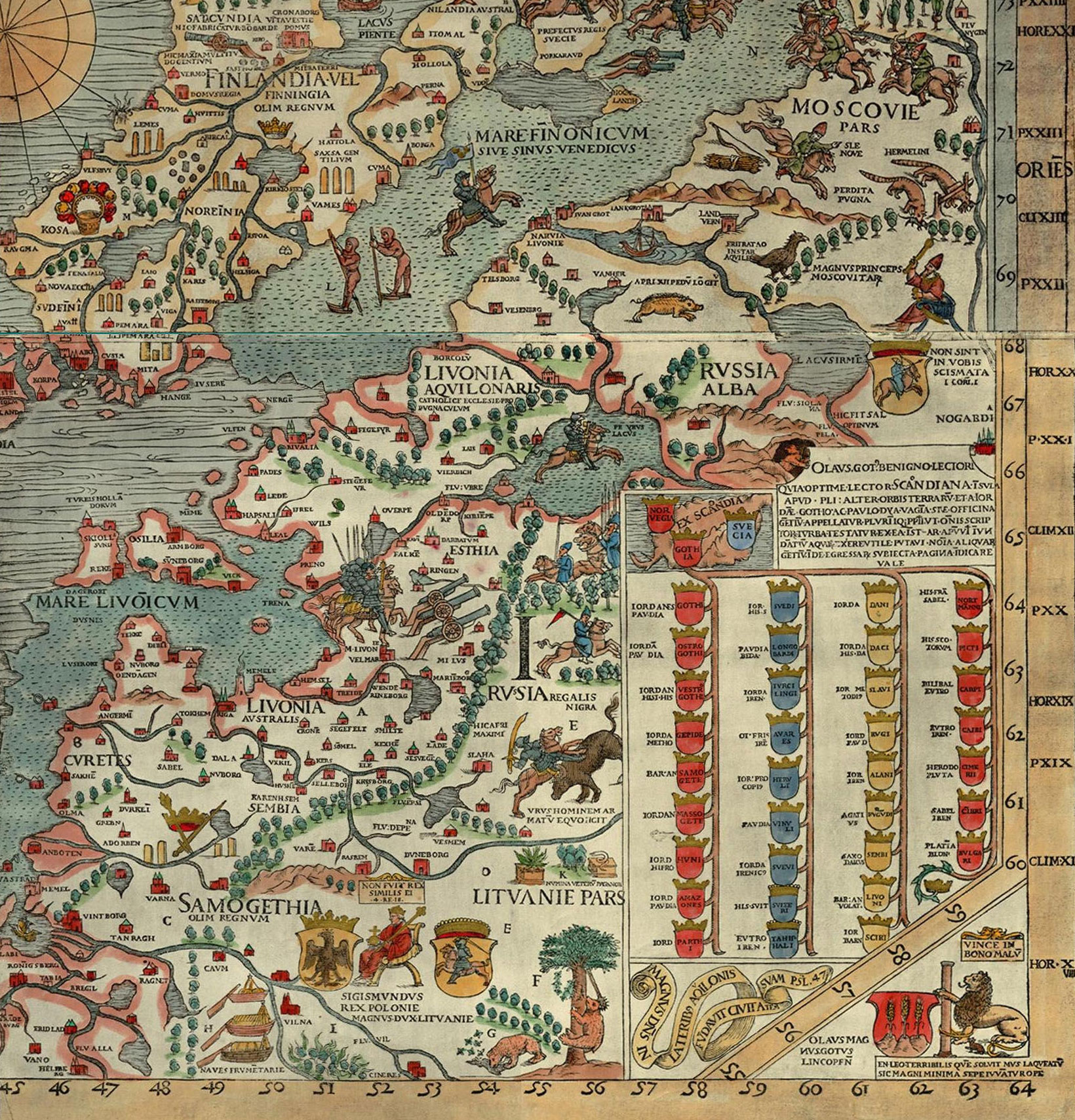|
žaltys
A žaltys (, literally: ''grass snake'') is a household spirit in Lithuanian mythology. As a sacred animal of the sun goddess Saulė, it is considered a guardian of the home and a symbol of fertility. People used to keep it as a pet by the stove or other special area of the house, believing that it would bring good harvest and wealth. Killing žaltys was said to bring great misfortunes upon the household. If žaltys was found in the field, people gave it milk attempting to befriend the creature and make it a sacred household pet. See also * Eglė the Queen of Serpents * Proto-Indo-European mythology * Indo-European cosmogony * Baltic mythology * Prussian mythology The Prussian mythology was a polytheistic religion of the Old Prussians, indigenous peoples of Prussia before the Prussian Crusade waged by the Teutonic Knights. It was closely related to other Baltic faiths, the Lithuanian and Latvian mytho ... References Fertility gods Household deities Lithuanian go ... [...More Info...] [...Related Items...] OR: [Wikipedia] [Google] [Baidu] |
Grass Snake
The grass snake (''Natrix natrix''), sometimes called the ringed snake or water snake, is a Eurasian semi-aquatic non- venomous colubrid snake. It is often found near water and feeds almost exclusively on amphibians. Subspecies Many subspecies are recognized, including: ''Natrix natrix helvetica'' ( Lacépède, 1789) was formerly treated as a subspecies, but following genetic analysis it was recognised in August 2017 as a separate species, ''Natrix helvetica'', the barred grass snake. Four other subspecies were transferred from ''N. natrix'' to ''N. helvetica'', becoming ''N. helvetica cettii'', ''N. helvetica corsa'', ''N. helvetica lanzai'' and ''N. helvetica sicula''. The subspecies ''N. natrix astreptophora'', with distribution in the Iberian peninsula, the Pyrenees, and North-Western Africa, has been reclassified as its own species '' Natrix astreptophora'' or the Iberian grass snake. Description The grass snake is typically dark green or ... [...More Info...] [...Related Items...] OR: [Wikipedia] [Google] [Baidu] |
Eglƒó The Queen Of Serpents
Eglė the Queen of Serpents, alternatively Eglė the Queen of Grass Snakes (), is a Lithuanian folk tale, first published by M. Jasewicz in 1837. ''Eglė the Queen of Serpents'' is one of the best-known Lithuanian fairy tales, with many references to Baltic mythology. Over a hundred slightly diverging versions of the plot have been collected. Its mythological background has been an interest of Lithuanian and foreign researchers of Indo-European mythology; Gintaras Beresnevičius considered it being a Lithuanian theogonic myth. The tale features not only human–reptile shapeshifting, but irreversible human–tree shapeshifting as well. Numerology is also evident in the tale, such as twelve sons, three daughters, three days, three tricks, three weeks of feast, nine years under the oath of marriage, three tasks given to Eglė by her husband to fulfill and nine days of visits. Published sources According to researcher Svetlana Ryzhakova and Jonas Balys, the tale first appeared in ... [...More Info...] [...Related Items...] OR: [Wikipedia] [Google] [Baidu] |


